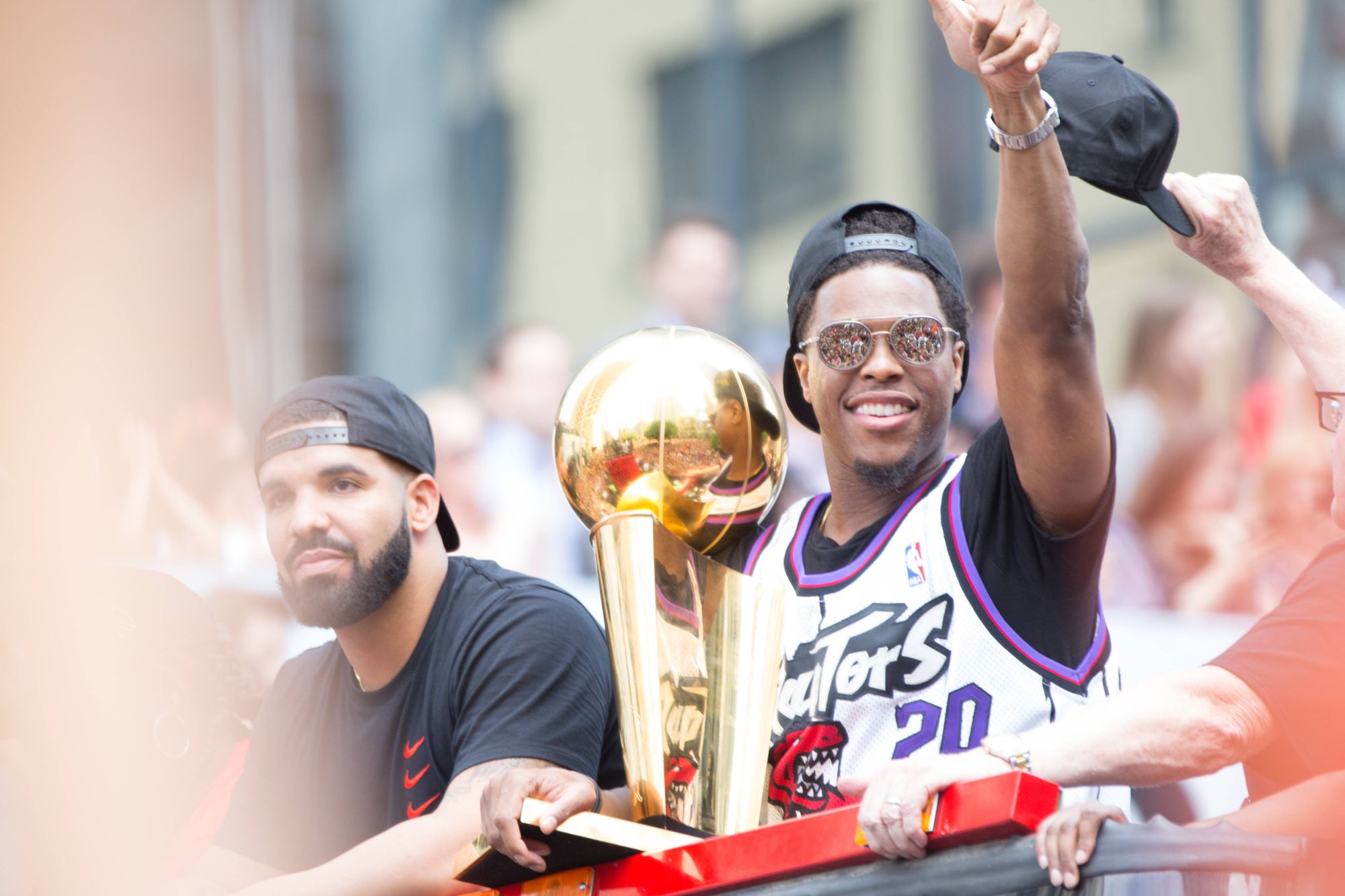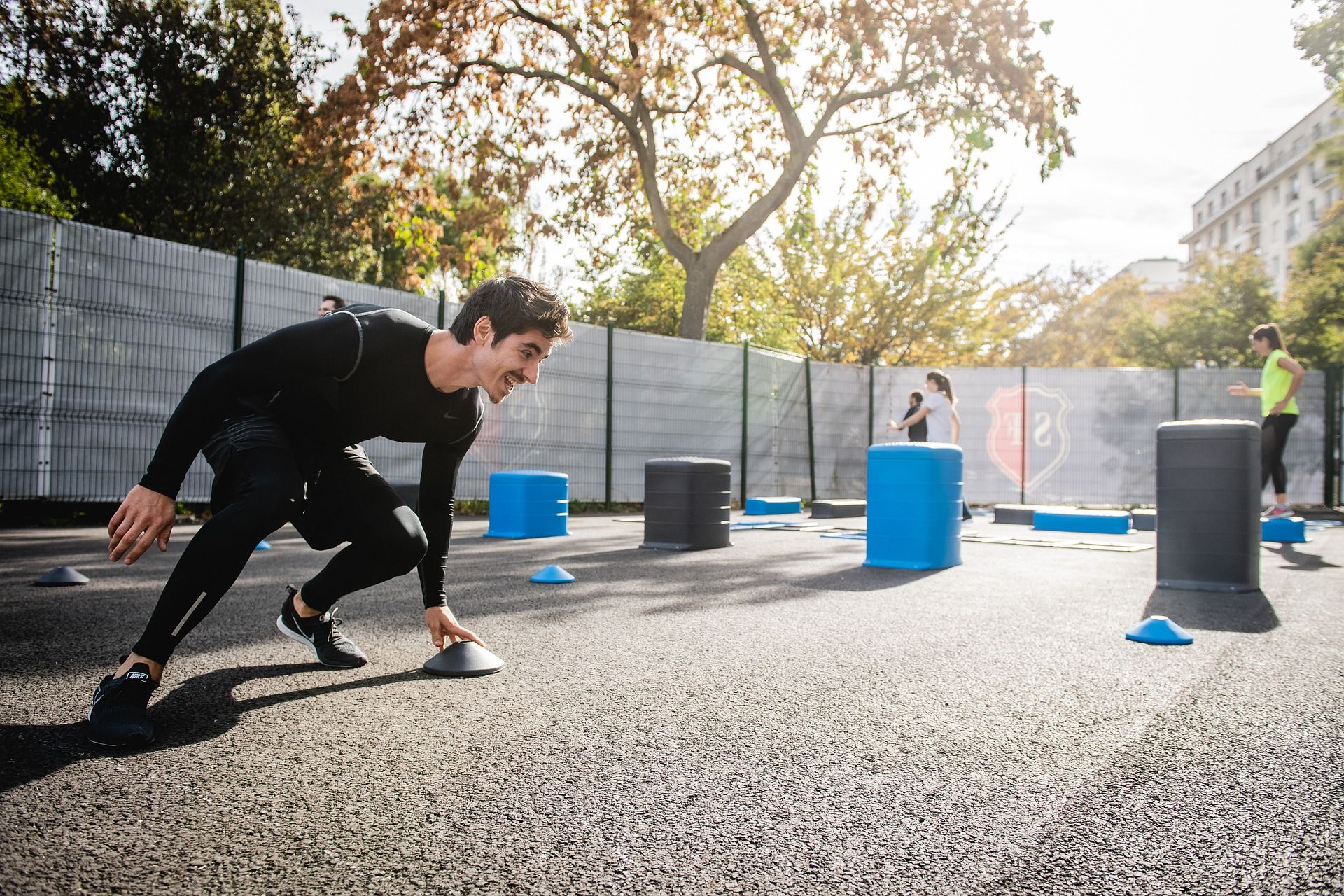How the Pros Recover From ACL Tears
An ACL injury is one of the biggest setbacks a professional athlete can have. Klay Thompson, Tom Brady, Megan Rapinoe, Kyle Lowry have all torn their ACL. They all battled back from their injuries and were able to compete at the highest level of their sports.

If you’ve torn your ACL you may have imagined how much easier it would be with the fancy tools and dedicated healthcare that these athletes have at their disposal. There are many advantages that these athletes have but they still have to do a lot of the same work that any normal person has to do. While there are parts of recovery that a regular person will never be able to do, like doing exercises 7 days a week for 5 hours each day, there are many lessons that you can learn and apply to your own recovery from professional athletes who have millions of dollars at stake.
Sticking to your Rehab
The biggest advantage that these athletes have is that they are forced to do all the rehabilitation work set out for them. It is made a lot easier by having teams to work with them and y’know, it being their job! We know that “ a longer duration of supervised rehabilitation is associated with more favourable post-operative outcomes.” Wait what does that mean? It means if you have healthcare providers working with you for the entire recovery journey you will get better. That’s a luxury that most people don’t have for a variety of reasons. Having people keep you on track as the months go on is key to recovery as "only 30% of patients complete any form of rehabilitation beyond 6 months and only 5% of people complete evidence-based rehabilitation."[1] Despite having more barriers, continuing to complete rehab work after it may feel necessary will lead to a better return to sport after an ACL surgery and result in better long term outcomes. Let's say that Klay Thompson has a physical therapist working with him 7 days a week to ensure he can get back to All-NBA contention. What can you do if you don't have this type of care? Find a "rehab buddy" or two. Find a friend or family member who checks up on you to make sure you are doing your exercises. This can be as simple as a phone call or a text to keep you going. The key to remember is that doing the work is the most important part so find a way to stay on track that works for you.
Retraining Sport Movements
When returning to sport the pros will spend a long period of their recovery retraining sport specific movements. Athletes like NBA guard Victor Oladipo have to make sure that they aren’t underusing their injured leg so a lot of time is spent retraining basic sport movements.[2] It’s important to be able to trust the injured leg and eliminate muscle imbalances from the injury. Retraining the basics like running in a straight line and then adding in running with ball related drills is important to refamiliarize your body to the movements. Learning to use your injured leg in a variety of ways and exposing it to new stimuli is important for teaching your body how to move. While working through your recovery, finding ways to introduce safe, sport-specific training at the right time is important to getting back to the sports you enjoy. To apply this pro sport lesson into your recovery, think about starting with straight line running and then introducing side to side running before you introduce changes in direction and adding in a ball into these same movements. Start simple and make the movement more complicated as you gain confidence with the simple movements. Timing is critical. Do not start sport-specific drills too early in your recovery.

Push limits safely
Staying safe while you’re training is key to being able to push yourself. People naturally hold themselves back if they don’t feel safe doing a movement. While elite athletes are rehabbing they stay well within what’s possible for them. For former D1 basketball players Kendall Wallace and Whitney Hand they both waited for 4 months to start running and 5 and 6 months before performing cutting motions.[3] This level of caution had them staying within their abilities as they recovered. For NFL receiver Cooper Kupp, retraining his running pattern came 4 months after surgery but he was able to start exercising his upper body 1 month after his surgery.[4] If you want to know when you can consider running after an ACL surgery read this blog post. These timelines aren’t meant to be something for the average person to try to follow but more to illustrate how long it takes someone whose whole life is structured around recovery to get back to the most basic activities. While recovering you should listen to your body and be patient. Staying within your abilities and pushing yourself in a safe way is a great blueprint to follow in your recovery journey. If you want to learn how long you should wait before your return to playing sports after ACL surgery read this great blog.
Make it Interesting
The final thing that all of these athletes keep in mind for their recovery is to accept the work but try to keep things fun. Anyone going through ACL recovery is going to have to do a lot of boring and hard exercises. This is just as true for Klay Thompson as it is for you. There is just a lot of monotonous work to do to get back to sports. Making it fun where possible is a great way to deal with the boredom of rehab. Whitney Hand remarked that her trainers "tried to make it fun, but it's the same exercises over and over."[3] Adding a dynamic element like moving while catching balls or balancing on an unstable surface, when you are ready to do these things, can break up the monotony.

Conclusion
The healthcare that a professional athlete has access to is not available to most people recovering after an ACL surgery. However, there are great lessons we can learn from how professional athletes recover after ACL injury or surgery that are completely accessible to everyone! Here are 4 lessons learned from the pros that anyone can apply to their ACL injury or surgery recovery:
- Stick to your rehab - we know this is harder than it sounds
- Retrain sport specific movements when you are ready and able
- Push your limits safely
- Make it fun!
If you are not a pro athlete you will likely need help and guidance along your recovery journey. The Curovate App provides daily video guided ACL recovery exercises, progress tracking and the ability to measure your knee range of motion with just your phone.The Curovate App uses evidence-based rehabilitation protocols that help keep you on track with your recovery. With Curovate you have a custom rehab plan in your pocket to let you complete your rehab work wherever you are. Curovate also gives you access to a chat with a REAL physical therapist to answer any of your recovery questions. Give it a try if you’re looking to take your recovery into your own hands. Download the Curovate App now from the links below.
If you need further customized assistance during your ACL surgery or injury recovery check out our Virtual Physical Therapy page to book your 1-on-1 video session with a physical therapist.
 |
 |
|---|
Other recommended blogs
- How does cycling help with my ACL recovery? Is a stationary bike good after ACL surgery? Do I need a stationary bike after ACL surgery
- After ACL surgery, how much help will I need? And help with what?
- Is my ACL graft weaker than my original ACL? Or is my ACL graft stronger than my original ACL?
References
2. V. (n.d.). Victor Oladipo - The VO show episode 10 physical ... - youtube. Youtube. Retrieved February 23, 2022, from








